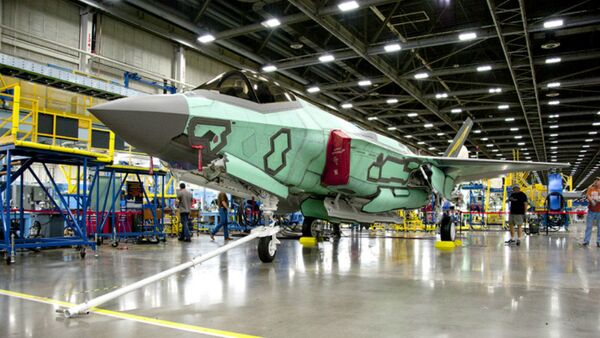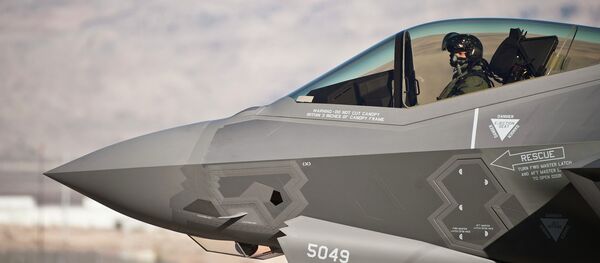On Monday, the Pentagon claimed to be reasonably confident that the F-35 Joint Strike fighter’s many problems were nearly fixed.
"We expect all of that to come together towards middle or late October. All indications based on the data we’ve evaluated and the preliminary results through yesterday are favorable," Todd Mellon, joint program office (JPO) executive director, told Defense News.
But based on its development history, the F-35 is bound to breakdown, perhaps more often than most aircraft. Speaking during the annual Air Force Association’s conference, Gen. Ellen Pawlikowski stressed that support capabilities may need improvement.
"We need to know what are the repair network capabilities and, keeping in mind we’re going to have what I truly think is a multinational fighter on steroids when we talk about the F-35, that is going to have sustainment capability all around the world, that we’re going to need to be able to understand, be able to tap into, and to be able to use for ourselves," she said, according to DoD Buzz.
It is critical, she said, to understand how the Defense Logistics Agency’s resources are allocated, and how that organization can better coordinate with the Air Force Installation Contracting Agency.
"We have to be able to present [to the combatant commanders] in the planning phase, in the execution phase, and in the recovery phase, a full-spectrum logistics capability, and we have to be able to command and control it and have the agility to support each one of those customers," she said.
At a cost of over $1 trillion, the F-35 is the most expensive weapon ever built. Despite this high price tag, the aircraft has been beset with problems throughout its development. Most recently, the state-of-the-art fighter’s ejector seat was found to be potentially unsafe for pilots.
"The bottom line is they have to get into the realm where the seat allows that weight of a pilot less than 136 punts [to] safely eject out of the airplane," Major General Jeffrey Harrigian, F-35 integration office director, told Defense News last October.
Despite these ongoing safety concerns, the Air Force declared its F-35 variant combat ready.
"With the F-35A, the Air Force now has a fighter combining next-generation radar-evading stealth, supersonic speed, fighter agility and advanced logistical support with the most powerful and comprehensive integrated sensor package of any fighter aircraft in history," Lockheed Martin, the defense firm behind the plane, said in a statement released in August.





